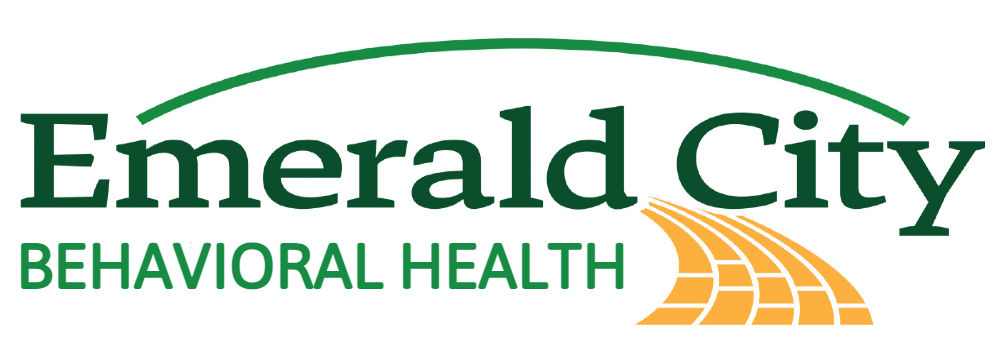
IRT Eligibility Criteria
The individual being referred to services must meet all of the following criteria:
1. Diagnosed with a DSM 5 (or its successor) mental disorder
which with the appropriate clinical interventions can be
reasonably assumed to prevent, diagnose, correct, cure, alleviate
or prevent the worsening of conditions in the recipient;
2. Receiving services in a DSHS/ALTSA/HCS residential facility;
3. Presenting with symptoms of their mental disorder which
without this level of intervention, could put their continued
success in the community at-risk;
The individual being referred to services must also meet one of the
following criteria at intake:
1. Diversion: A diversion means an individual who resides in their
community presenting with symptoms that puts the individual at risk
for a higher level of care without the intervention of an IRT team.
Examples of diversion are below:
• At risk for involuntary treatment; or o psychiatric hospitalization; or
• At risk of losing their living arrangement in their community; or o is
currently held in an emergency department or hospital awaiting
placement in an inpatient facility; or
• Is currently held in an emergency room with no placement
available due to presenting symptoms or level of need; or
• In a community diversion, stabilization, or triage facility that is
unable to find placement due to level of acuity or need; or
• Will be released from a jail or prison and will need support to stay
in their community.
2. Discharge: An individual admitted to a psychiatric inpatient facility,
ready for discharge from the facility, with a discharge plan that
includes placement in an ALTSA facility, but the symptoms of their
current mental illness jeopardizes or poses an obstacle for admission
to and/or continued success in an ALTSA facility.
